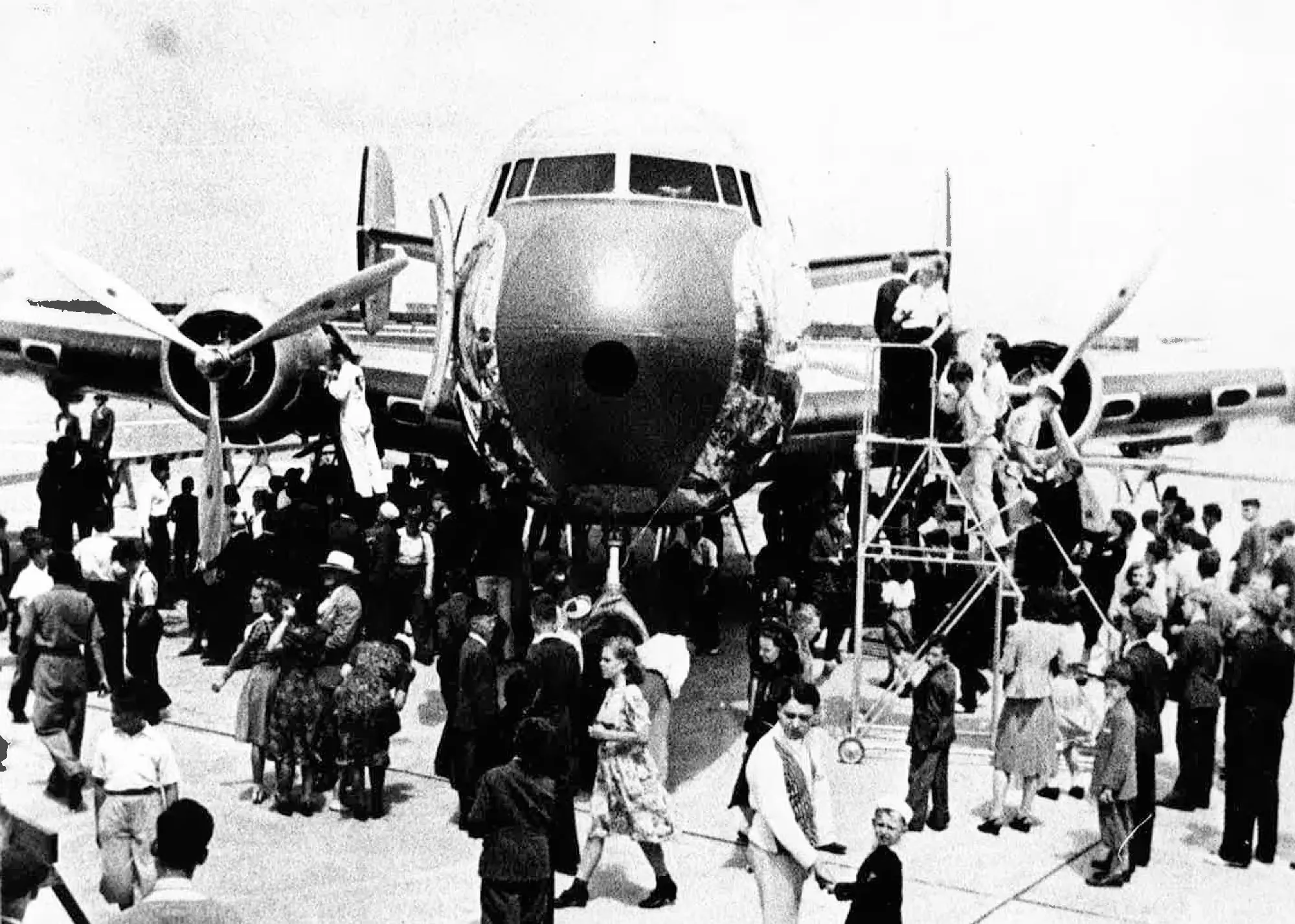DALLAS — Today, in 1955, the first commercial flights arrived at Chicago's new international airport, "O'Hare" (ORD). TWA (TW) was honored with the first departure when the earlier flight 94 departed for Paris.
O'Hare was previously known as Douglas Airfield after planemaker Douglas began building its C-54 Skymaster transport aircraft at the site in 1942. 665 were built before its operations were moved back to California. The airfield was then renamed Orchard Field Airport, from which its three-letter IATA code "ORD" comes.
At this time, Chicago Mayor Edward Kelly was looking at sites for a new airport to support the city's future aviation needs. Orchard Field was chosen, and over US$25 million was invested in the new facility.

Orchard Field to O'Hare International
On July 1, 1949, the airport was renamed 'O'Hare International' after naval aviator Edward "Butch" O'Hare. In September of that year, the site hosted the National Air Fair, attended by over 200,000 people.
Airlines were initially reluctant to move their operations to ORD from neighboring Chicago Midway (MDW), and growth was slow. MDW, however, had no room for expansion. With its short runways, the arrival of the Boeing 707 and Douglas DC-8 in 1959 meant that airlines had no choice but to transfer to the new facility.
By July 1962, MDW was left without any scheduled airlines. ORD, meanwhile, became the world’s busiest airport virtually overnight, a title it held until 1998.





